Handball combines speed, intelligence and team tactics. Over the decades of development, some teams simply participated, while others rewrote history. The best handball teams of all time have not only left their mark on the rankings but also on the minds of fans. Their style, dominance and strategic decisions have changed the approach to preparation, the roles on the court and the philosophy behind winning.
The era of national teams: the best handball teams of all time
Teams set the pace of the sport, determine the style and set the standards. The best handball teams of all time in this group are not clubs, but national teams that have dominated the Olympic Games and World Championships.
Dynasties of champions
The best handball teams of all time in national team form are France (men, 2001-2017), Denmark (2019-2023), USSR (1976-1988), Norway (women, 2008-2021) and South Korea (women, 1988-1996). These teams have achieved a solid series of victories:
- France – gold at the 2008 and 2012 Olympics; World Champion 2009, 2011, 2015, 2017;
- Denmark – three consecutive world championships: 2019, 2021, 2023;
- USSR – Olympic gold in 1976 and 1988; World Champion in 1982;
- Norway (women): 3 gold medals at the World Championships (2011, 2015, 2021), 3 European Championships (2010, 2014, 2020);
- South Korea – Gold for women in Seoul 1988 and silver in Atlanta 1996.
Contribution to the field
Teams developed new defensive models, introduced fast transitions and started using short benches without compromising quality. They set a standard that even clubs began to follow. The best handball teams of all time not only won, but also created a new international format.
Legendary European clubs: who dominated the Champions League?
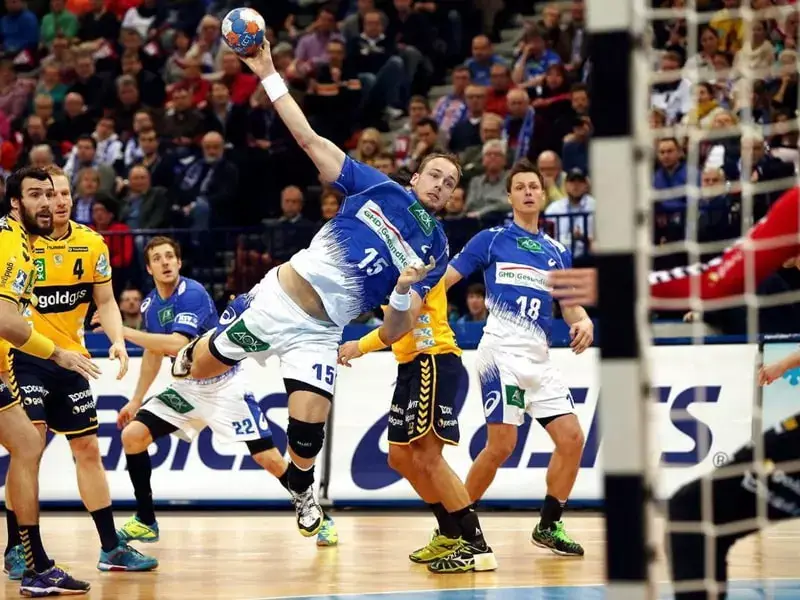 European clubs were the catalysts for the evolution of handball: the teams not only brought together the strongest players, but also displayed unique playing styles.
European clubs were the catalysts for the evolution of handball: the teams not only brought together the strongest players, but also displayed unique playing styles.
Technology of success
The best handball clubs were at the top: FC Barcelona (Spain), THW Kiel (Germany), Veszprém KC (Hungary), PSG Handball (France), Vive Kielce (Poland), SC Magdeburg (Germany).
Summary:
- Barcelona – 11 Champions League victories (1991-2022);
- THW Kiel – 4 titles (2007, 2010, 2012, 2020);
- Magdeburg – triumph in 2002, return in 2023;
- PSG – Consistent semi-finalists since 2016, best selection according to the IHF in 2019;
- Veszprém – 4 consecutive finalists (2015-2019), but without a title;
- Vive Kielce: victory in 2016, bronze in 2023.
Geography of dominance
Scandinavia – Aalborg Håndbold (Denmark), Balkans – RK Zagreb (Croatia), Eastern Europe – Motor Zaporozhye (Ukraine), Central Europe – Flensburg-Handewitt (Germany). These clubs ensured the density of the competition and the technological evolution of team action.
Women’s teams: who shaped the new model for the game?
Women’s handball is not distinguished by speed, but by tactical depth. The best women’s handball teams of all time have shown that good organisation and psychological resilience are more important than physical resilience.
Tactical innovations
Győri Audi ETO KC (Hungary), CSM Bucureşti (Romania), Rostov-Don (Russia), Larvik HK (Norway), Metz Handball (France). We used a 7 against 6, 5-1 formation, with a goalkeeper-organiser layout, a triple diagonal in attack and short pressure on the perimeter.
International triumphs:
- Győr – Champions League victories: 2013, 2014, 2017, 2018, 2019;
- CSM – Champions League gold in 2016, finals in 2018 and 2020;
- Rostov — Champions League final 2019;
- Larvik – victory in 2011, stable leader from 2005 to 2015;
- Metz was a semi-finalist in the 2019 Champions League and 25-time French champion.
The best handball teams of all time
The best handball teams of all time, according to club version:
- FC Barcelona (1991–2022): introduced a seventh striker, a ‘cerebral’ youth academy, a vertical line from the Under-12s to the first team.
- THW Kiel (2007–2020): built handball based on strength and pace. The best defence of the decade.
- SC Magdeburg (2002, 2023) – brought versatility and reduced dependence on position.
- PSG Handball (2016-2023): moved from football to handball: vertical, medical basis, scouting.
- Veszprém KC (2015–2019): physically dominated and became the standard for athletic endurance.
- Vive Kielce (2016–2023): systematised the attack, 12 combinations in one half.
- Győr (2013-2019) is a female standard. Tactics, rhythm, psychology, flexibility of the schedule.
- Metz (2005–2023) – strengthened women’s handball in France and consistently reached the top 4.
History and statistics: how the world rankings were established
The end is not always an indicator. The legend is about stability, system and contribution to development. In the history of handball, there are a number of teams that have won consistently and systematically.
Evaluation parameters:
- titles – at least 3 international cups;
- Stability: reaching the semi-finals for at least five consecutive years;
- School – at least 20% of the team has grown up within the club;
- Symbolic teams: at least 3 players in the tournament team;
- Philosophy: using a game model that is used by other teams.
Handball statistics show that Barcelona, Győr and THW Kiel have produced more than 60% of the IHF ‘TOP 7 of all time’ players over the past 20 years. The teams have become development platforms. They opened academies, established medical laboratories and introduced biomechanics and neural networks for pitch analysis. The best handball teams of all time have taken the discipline to a higher level of technical precision.
Conclusion
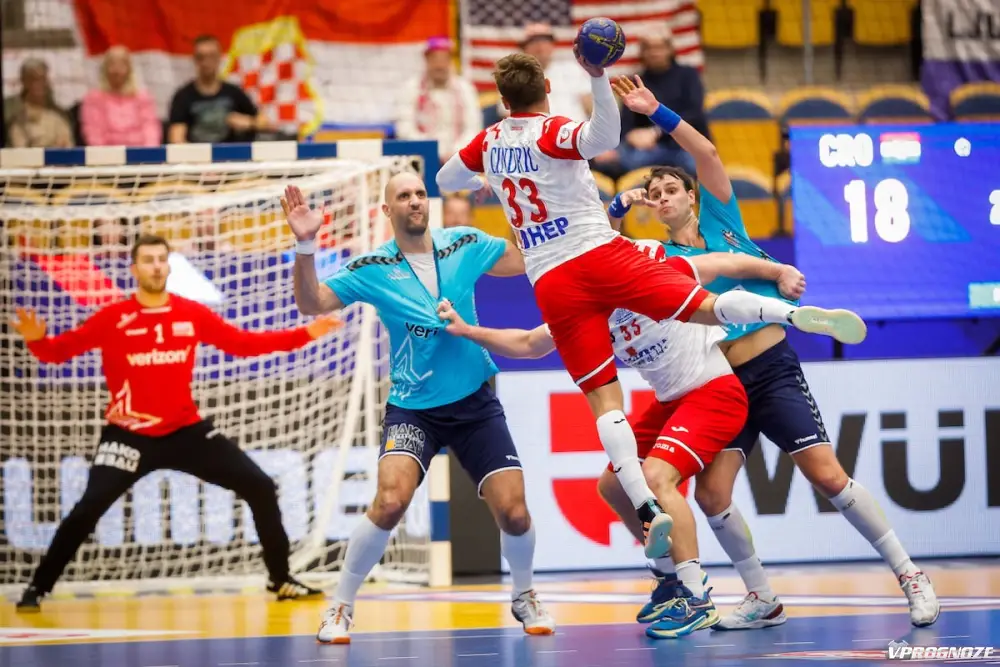 The best handball teams of all time set the tone in that era: they not only won, but also shaped the fundamental principles of the sport. Their significance goes beyond the titles. It was these groups that built schools where talent did not seek form, but developed according to a proven system. Their approaches to coaching, fitness, analysis and psychology set a standard that is now applied at all levels, from regional academies to Olympic teams.
The best handball teams of all time set the tone in that era: they not only won, but also shaped the fundamental principles of the sport. Their significance goes beyond the titles. It was these groups that built schools where talent did not seek form, but developed according to a proven system. Their approaches to coaching, fitness, analysis and psychology set a standard that is now applied at all levels, from regional academies to Olympic teams.
Each team contributed to the mathematics and philosophy of handball. Someone developed a strategy to aggressively go from 6-0 to 3-2-1 in one possession. Someone suggested an idea in the game: how can you change the pace without changing the formation? Someone demonstrated that handball does not tolerate chaos: it requires synchronised, designed logic, with each player functioning as a module in a living system.


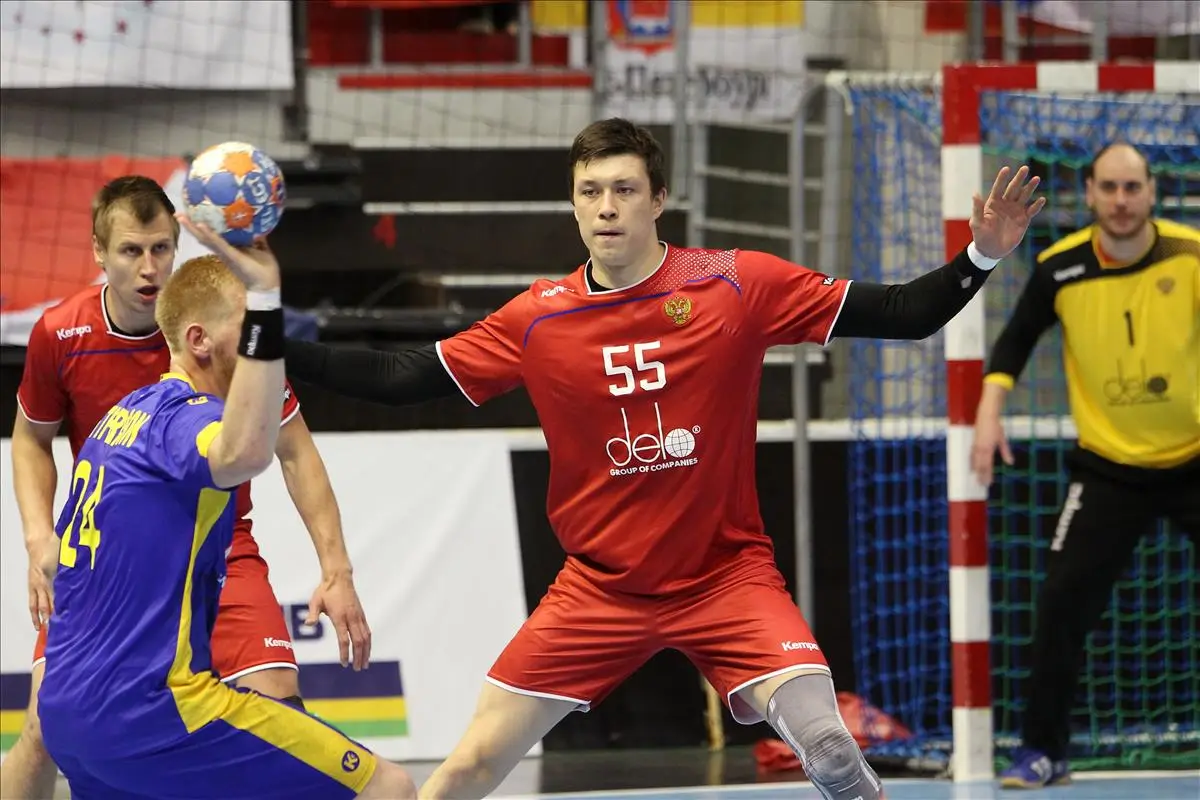
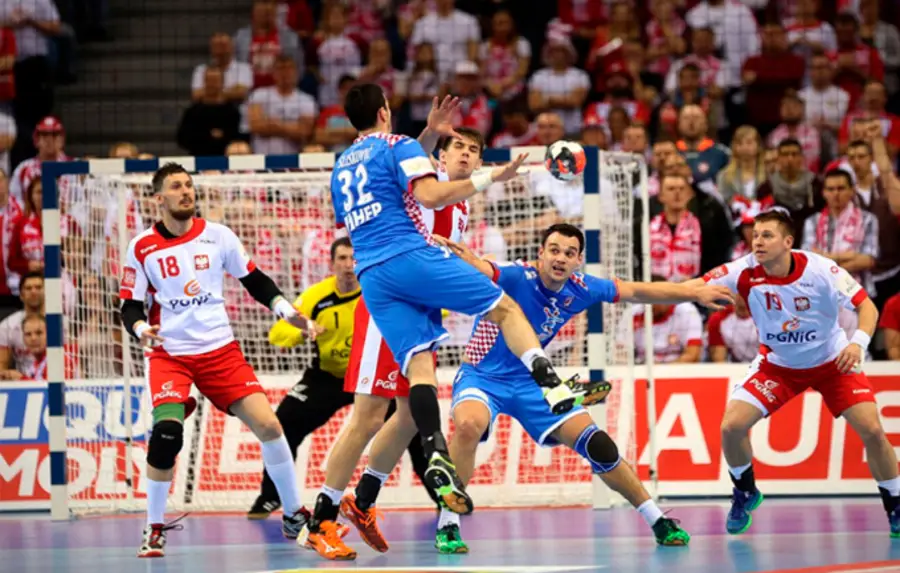 It is impossible to play handball without knowing the geometry of the court. The playing field measures 40 by 20 metres with mandatory markings: a 6-metre zone around the goal, a 7-metre penalty spot and a 9-metre arc for building an attack. The goal is 2 metres high and 3 metres wide, fixed to the base and secured with special supports. The goalkeeper’s main responsibility is to prevent shots from close range by blocking the angle and slowing down the pace.
It is impossible to play handball without knowing the geometry of the court. The playing field measures 40 by 20 metres with mandatory markings: a 6-metre zone around the goal, a 7-metre penalty spot and a 9-metre arc for building an attack. The goal is 2 metres high and 3 metres wide, fixed to the base and secured with special supports. The goalkeeper’s main responsibility is to prevent shots from close range by blocking the angle and slowing down the pace. Understanding how to play handball reveals not just the rules, but a logical system with a high density of actions, minimal time for reflection, and complete involvement in every episode. The game combines physics, analytics, and tactical discipline. The court is dominated not only by speed but also by thinking, not only by strength but also by accuracy.
Understanding how to play handball reveals not just the rules, but a logical system with a high density of actions, minimal time for reflection, and complete involvement in every episode. The game combines physics, analytics, and tactical discipline. The court is dominated not only by speed but also by thinking, not only by strength but also by accuracy.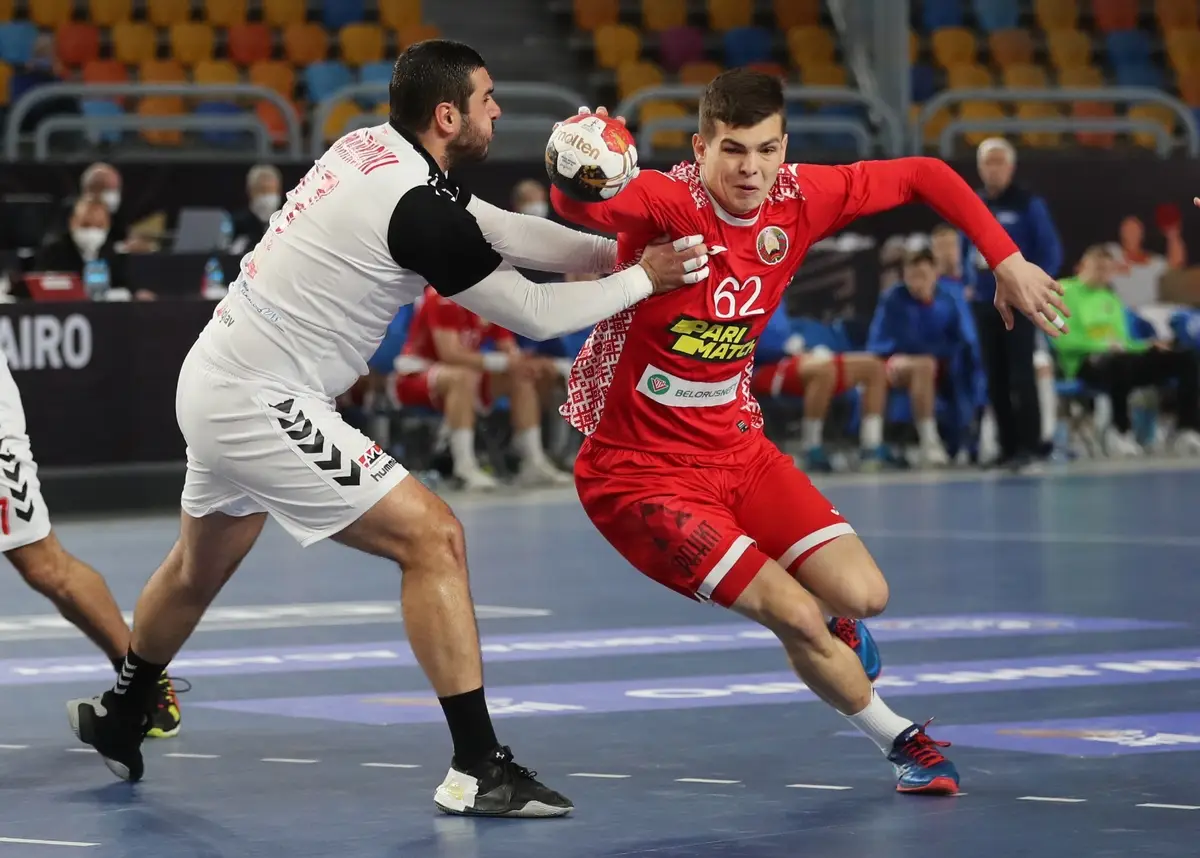
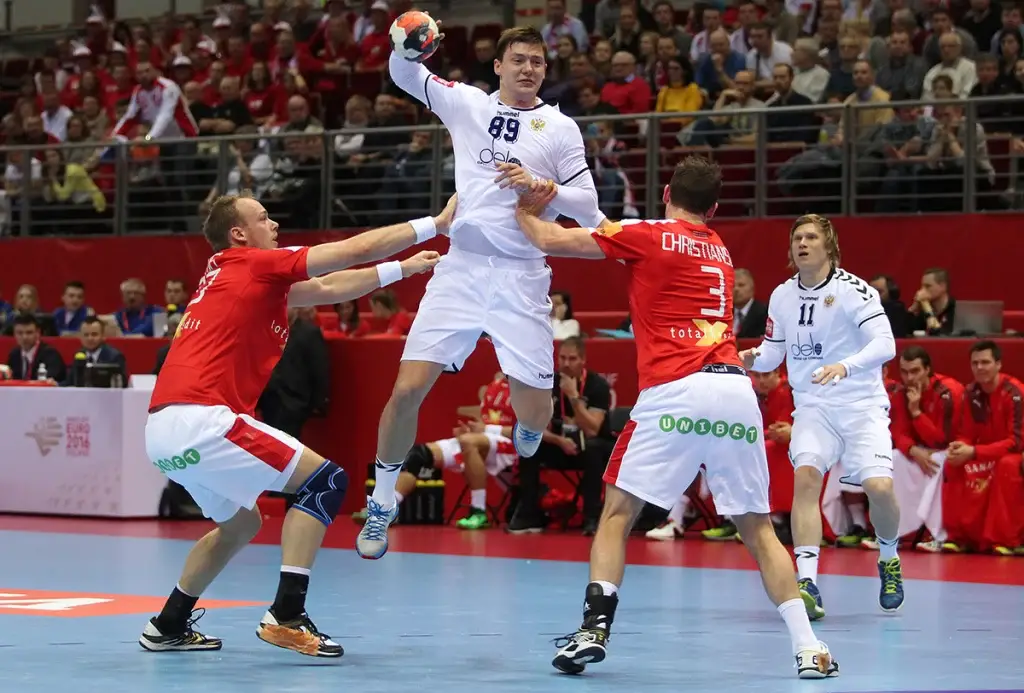 The French league remains the most expensive in the world in handball. A system has developed here in which clubs are not only sports organisations, but also powerful brands with a developed infrastructure. Athletes who play for PSG, Nantes and Montpellier regularly sign contracts with a fixed base salary and a bonus scale.
The French league remains the most expensive in the world in handball. A system has developed here in which clubs are not only sports organisations, but also powerful brands with a developed infrastructure. Athletes who play for PSG, Nantes and Montpellier regularly sign contracts with a fixed base salary and a bonus scale.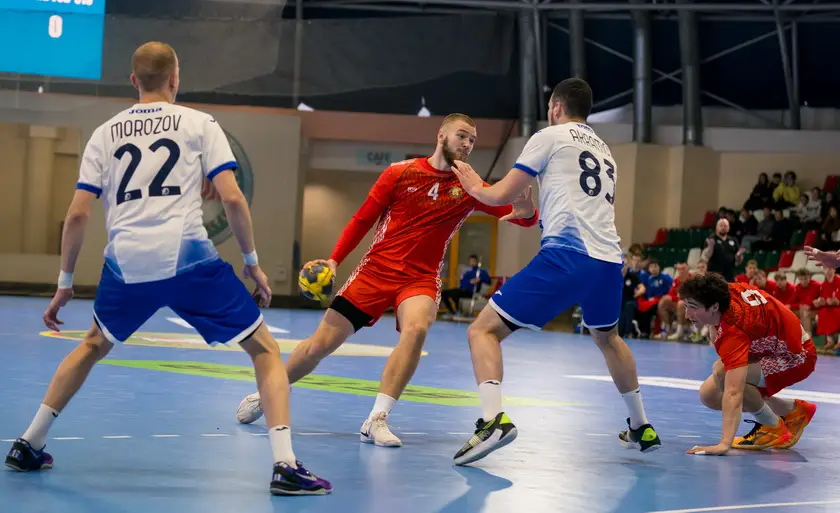 Handball players are not among the highest-paid athletes in the world, but they do enjoy a decent standard of living. The sport is developing its economy, levelling the differences between men’s and women’s contracts and creating a new market for personal brands. The answer to the question of how much handball players earn depends on the country, the role, the club and the ability to earn money off the field.
Handball players are not among the highest-paid athletes in the world, but they do enjoy a decent standard of living. The sport is developing its economy, levelling the differences between men’s and women’s contracts and creating a new market for personal brands. The answer to the question of how much handball players earn depends on the country, the role, the club and the ability to earn money off the field.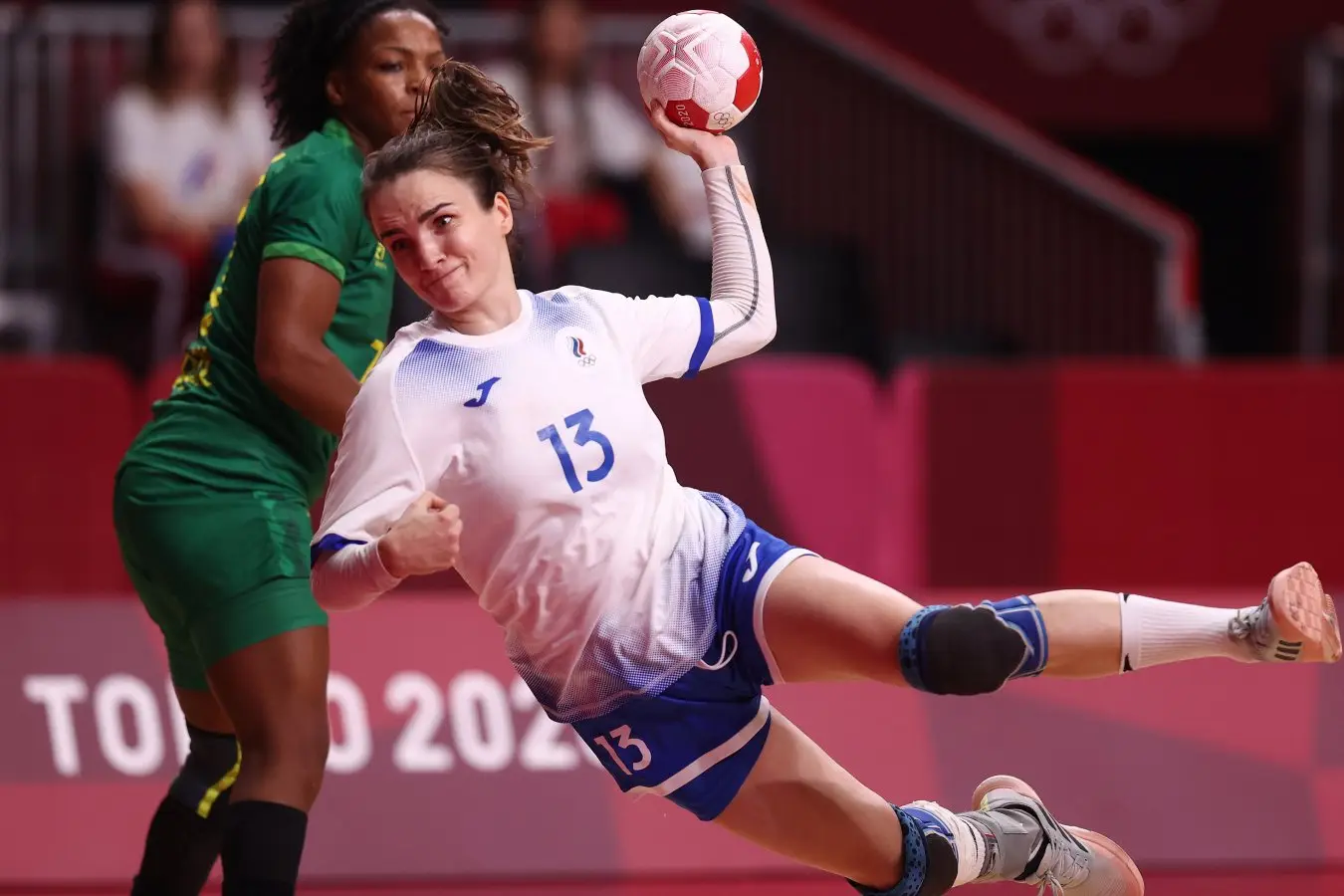
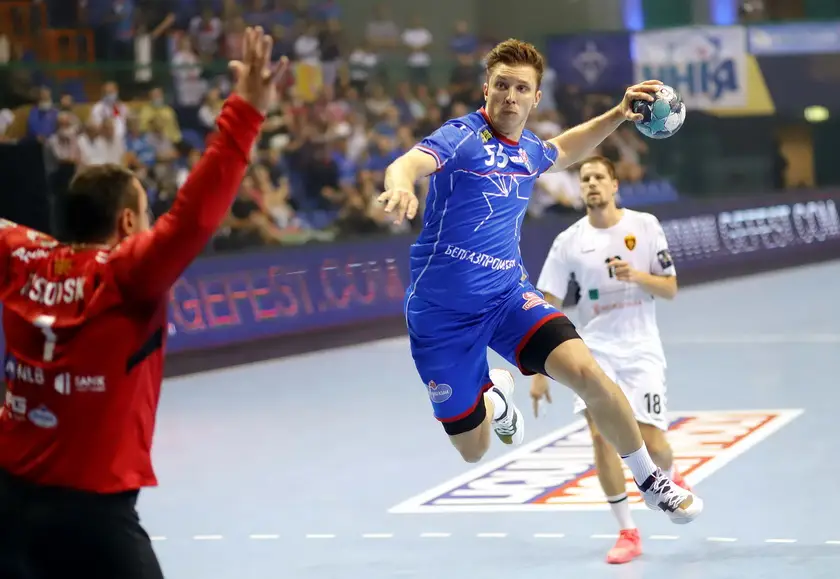 The game requires more than just physical skills. Handball requires analysis, strategy and quick assessment of the situation. When the ball comes into your hands, your brain calculates the direction, your teammates and the possibility of attacking. The benefits of handball for children are reflected in their intellectual development. Every second on the court is a challenge for your attention. It is not enough to just look at the ball; you also have to predict the opponent’s behaviour and estimate the speed, angle and distance. Handball trains visual-motor coordination and the ability to shift attention, two skills that are essential for study and life. The tasks are constantly changing. During a match, the child makes dozens of decisions: passing, dribbling, blocking, changing position. At the same time, they act in an environment with time pressure and stress. Operational thinking is formed, stress resistance increases and reactions become faster. These skills are transferred to everyday life, from lessons to communication.
The game requires more than just physical skills. Handball requires analysis, strategy and quick assessment of the situation. When the ball comes into your hands, your brain calculates the direction, your teammates and the possibility of attacking. The benefits of handball for children are reflected in their intellectual development. Every second on the court is a challenge for your attention. It is not enough to just look at the ball; you also have to predict the opponent’s behaviour and estimate the speed, angle and distance. Handball trains visual-motor coordination and the ability to shift attention, two skills that are essential for study and life. The tasks are constantly changing. During a match, the child makes dozens of decisions: passing, dribbling, blocking, changing position. At the same time, they act in an environment with time pressure and stress. Operational thinking is formed, stress resistance increases and reactions become faster. These skills are transferred to everyday life, from lessons to communication.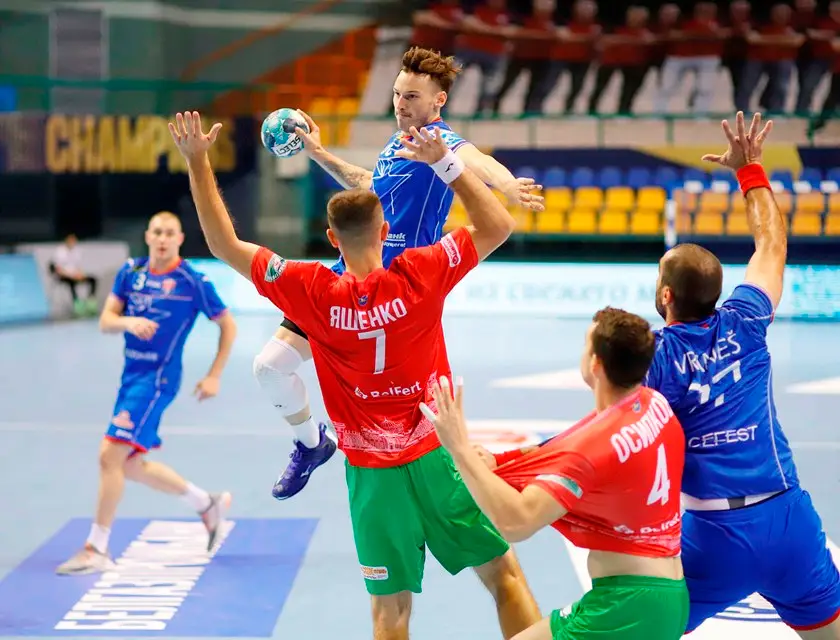 Sport discipline remains an underrated part of the children’s sports system. It combines everything that is needed in the 21st century: flexibility, strength, teamwork, endurance and mental speed. The benefits of handball for children relate to the body, mind, intelligence and environment. It is not just about training, but also about character building. This sport provides children with a foundation that will serve them well in any profession, in any situation and at any age.
Sport discipline remains an underrated part of the children’s sports system. It combines everything that is needed in the 21st century: flexibility, strength, teamwork, endurance and mental speed. The benefits of handball for children relate to the body, mind, intelligence and environment. It is not just about training, but also about character building. This sport provides children with a foundation that will serve them well in any profession, in any situation and at any age.
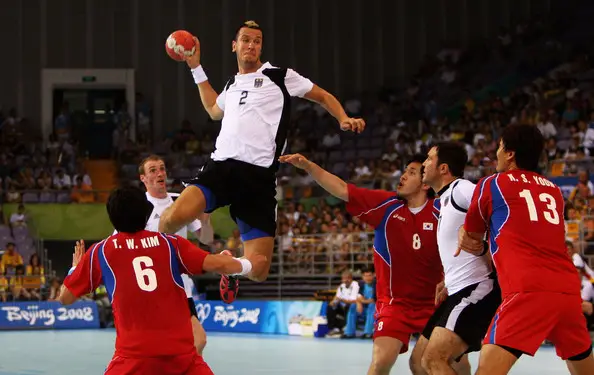 Understanding the structure of the playing field and the time frame is essential for evaluating space and calculating attack times. In handball, the playing field is fixed: 40 metres long and 20 metres wide. The middle section is the goalkeeper’s area, a semi-circle with a radius of 6 metres, which attacking players are not allowed to cross with the ball.
Understanding the structure of the playing field and the time frame is essential for evaluating space and calculating attack times. In handball, the playing field is fixed: 40 metres long and 20 metres wide. The middle section is the goalkeeper’s area, a semi-circle with a radius of 6 metres, which attacking players are not allowed to cross with the ball.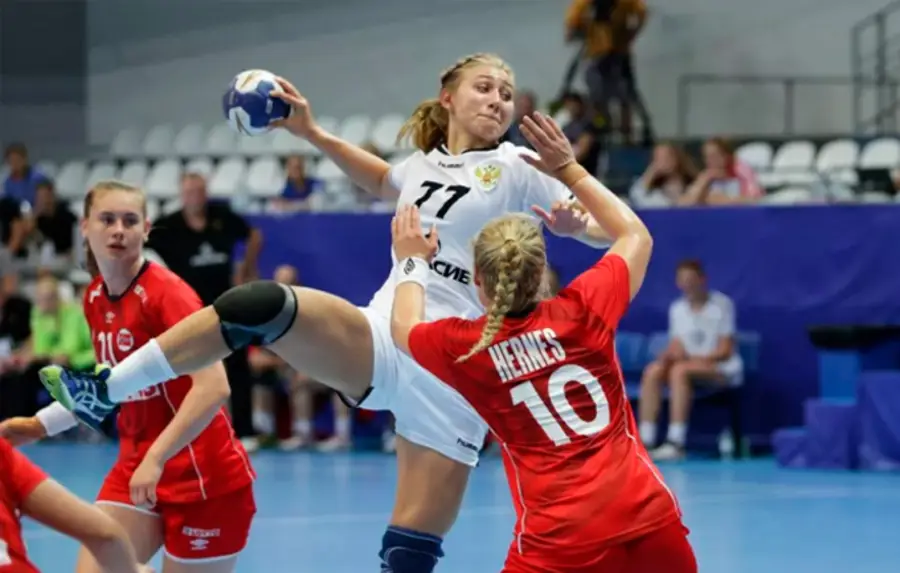 A complete understanding of how to learn to play handball consists of micro-details. Knowledge of the rules, technique, reaction, positional thinking, mental toughness, the ability to see the action area: each component reinforces the other. Handball requires calculation, but rewards those who act deliberately and systematically. Constant work on yourself, feedback, flexibility in decisions, adapting to the pitch, the break and the opponent are real tools that shape a player.
A complete understanding of how to learn to play handball consists of micro-details. Knowledge of the rules, technique, reaction, positional thinking, mental toughness, the ability to see the action area: each component reinforces the other. Handball requires calculation, but rewards those who act deliberately and systematically. Constant work on yourself, feedback, flexibility in decisions, adapting to the pitch, the break and the opponent are real tools that shape a player.
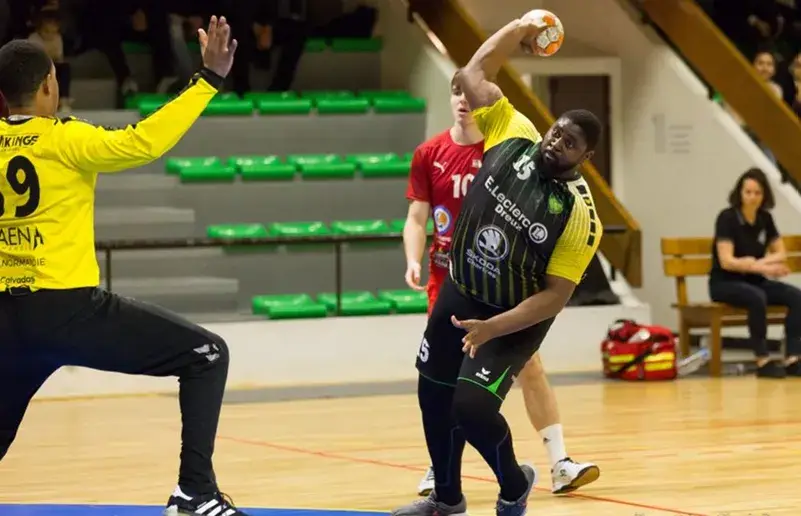 Niels Jensen’s decision to return to Flensburg-Handewitt was one of the most emotional in recent times. The handballer’s return to the team has strengthened its defence and raised new expectations among supporters.
Niels Jensen’s decision to return to Flensburg-Handewitt was one of the most emotional in recent times. The handballer’s return to the team has strengthened its defence and raised new expectations among supporters.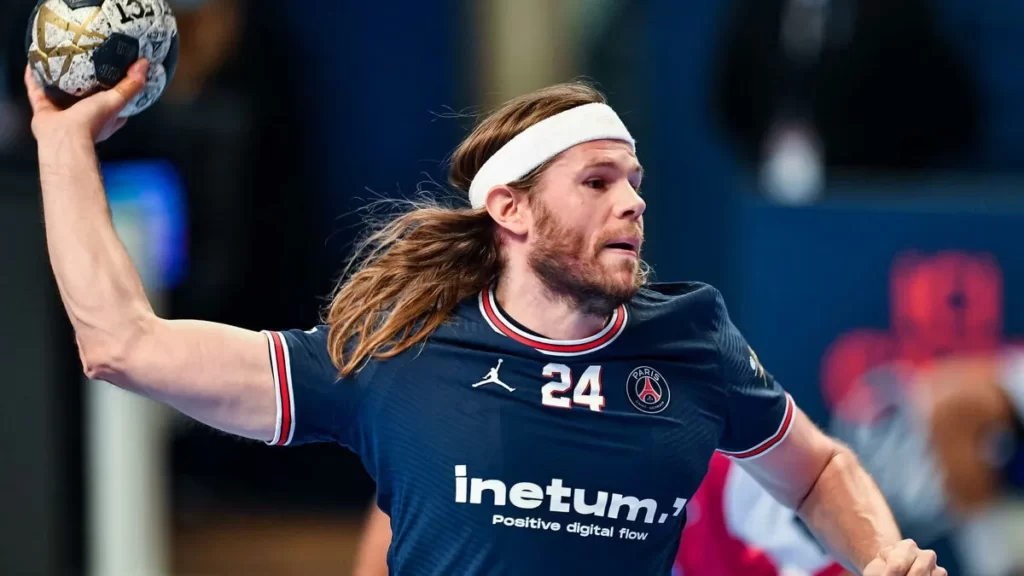 The 2025 handball recruitments were among the most significant in the last decade. They have accentuated the sport’s growing popularity and competitiveness. The signings of Gonzalo Vargas, Lucas Pérez and the return of Niels Jensen have shaped the new balance of power in the major leagues.
The 2025 handball recruitments were among the most significant in the last decade. They have accentuated the sport’s growing popularity and competitiveness. The signings of Gonzalo Vargas, Lucas Pérez and the return of Niels Jensen have shaped the new balance of power in the major leagues.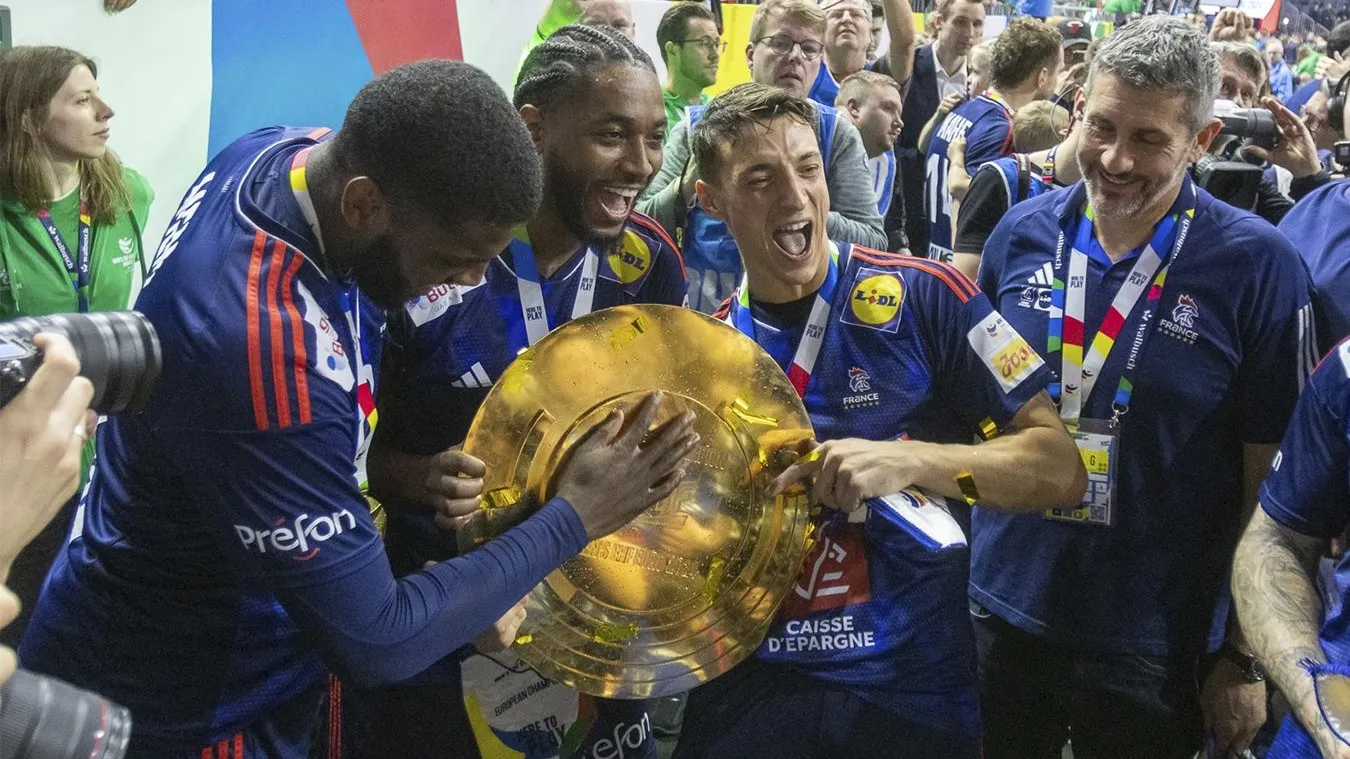
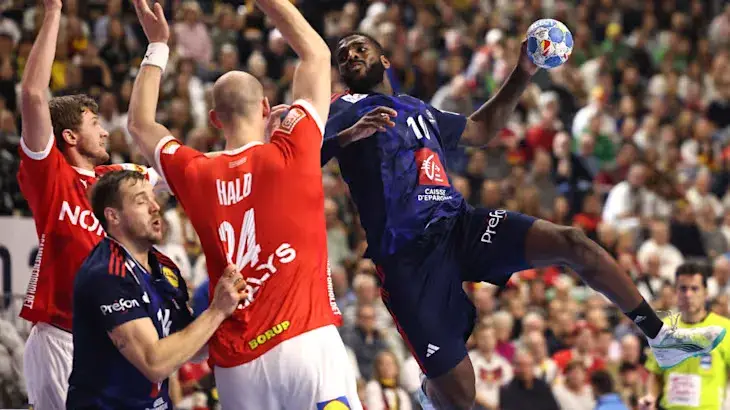 Since its inception, the European Handball Championship has become a battleground for the best national teams. Legendary matches and exceptional players and coaches have created a unique history that inspires a new generation.
Since its inception, the European Handball Championship has become a battleground for the best national teams. Legendary matches and exceptional players and coaches have created a unique history that inspires a new generation.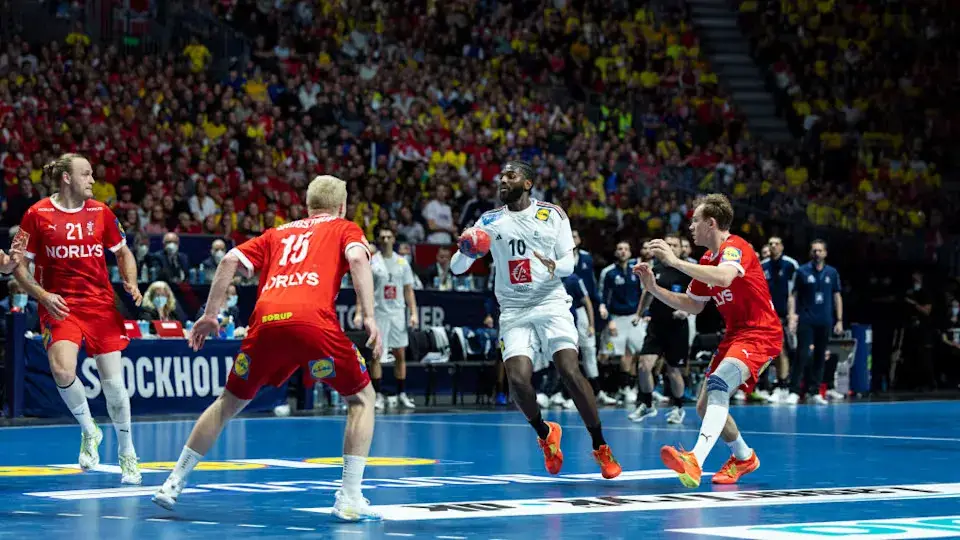 Each European Handball Championship tournament creates not only sporting history, but also cultural history. Winners become icons, records inspire new players and fans make the event unique. The tournament remains one of the most prestigious events for showing team spirit, skill and sportsmanship, and thus strengthens the love for handball all over the world.
Each European Handball Championship tournament creates not only sporting history, but also cultural history. Winners become icons, records inspire new players and fans make the event unique. The tournament remains one of the most prestigious events for showing team spirit, skill and sportsmanship, and thus strengthens the love for handball all over the world.
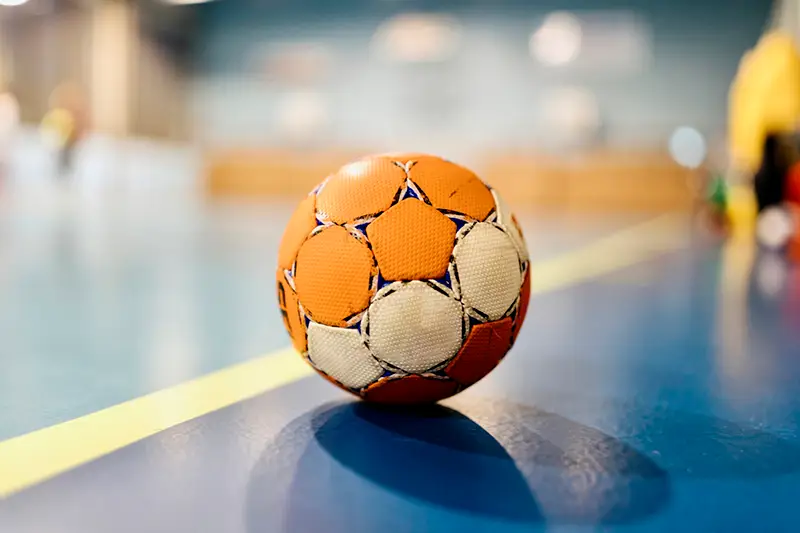
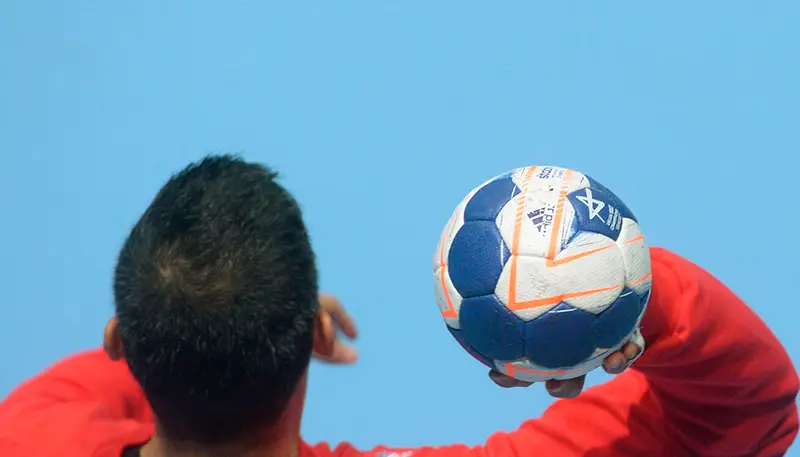

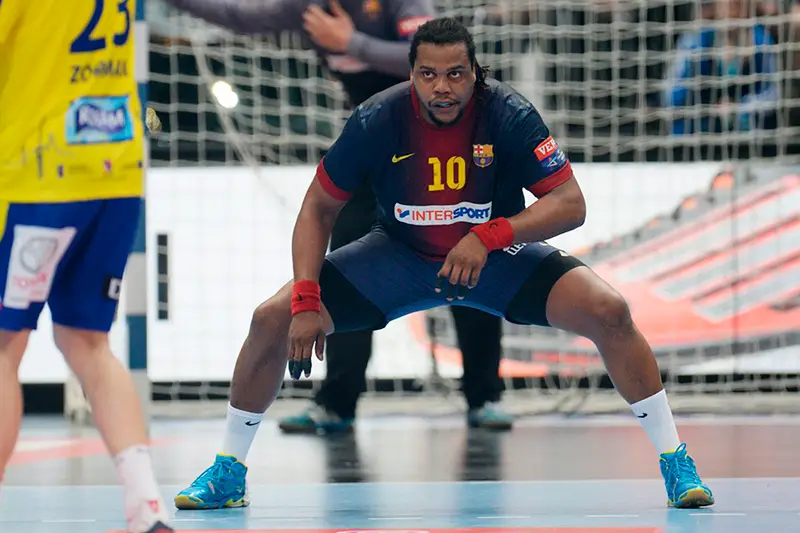
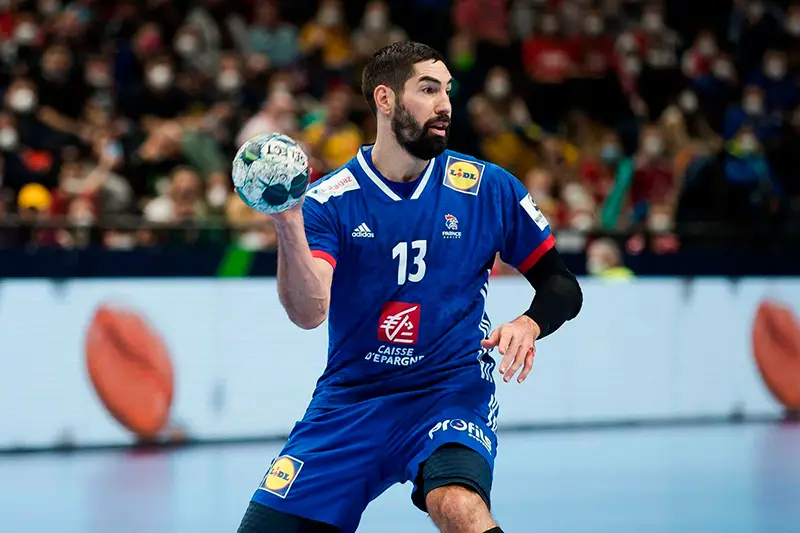
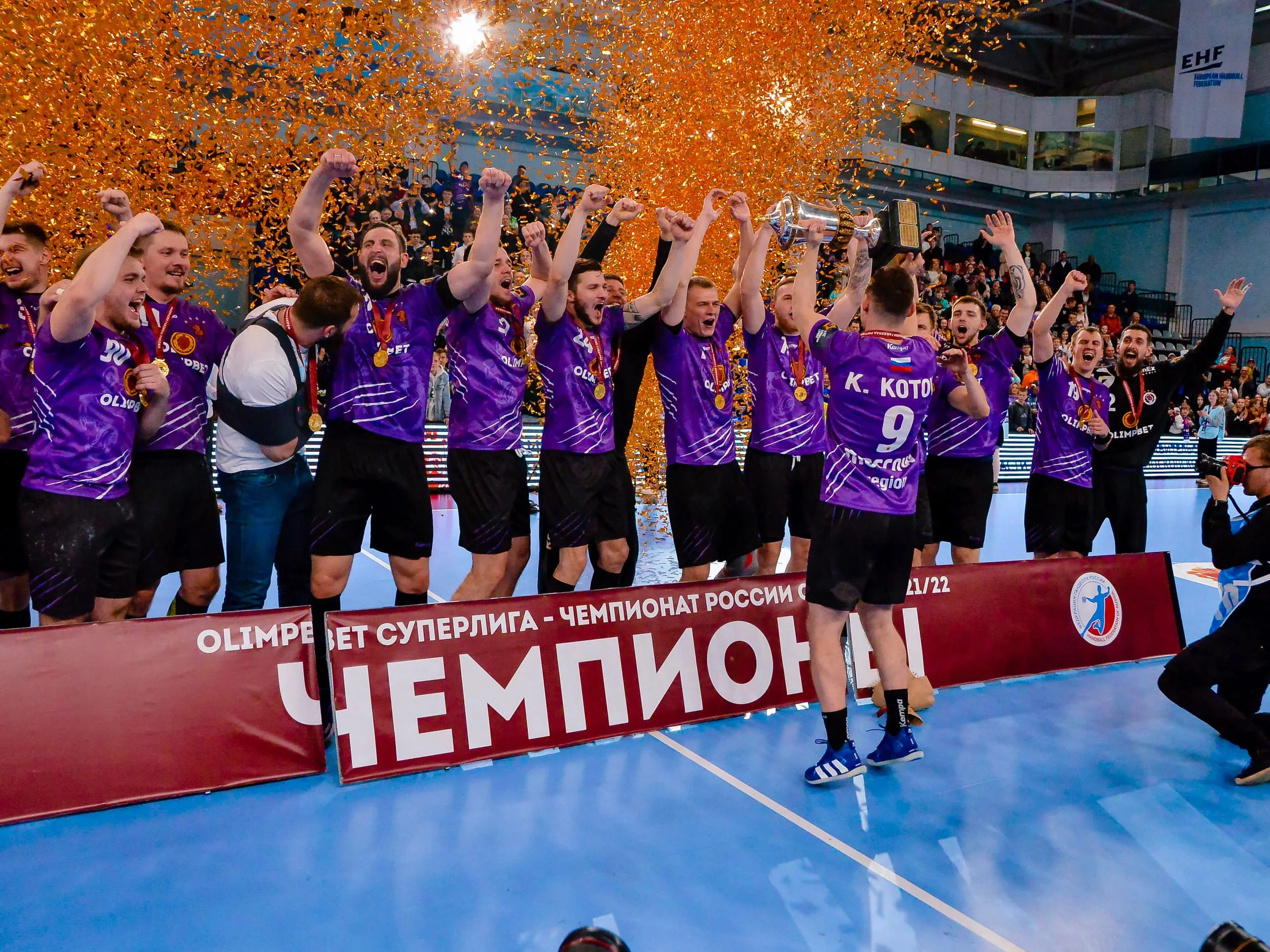
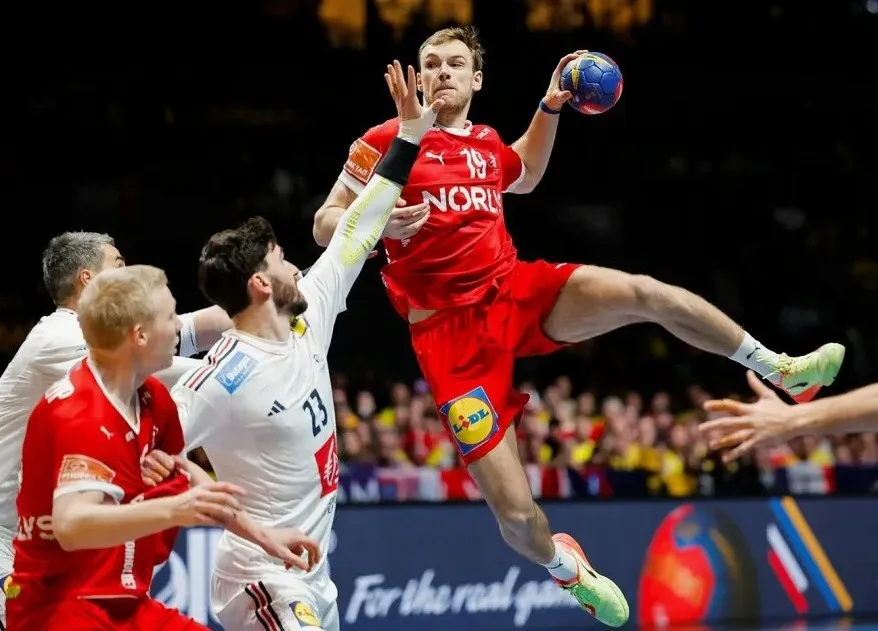 The Handball Champions League is a prestigious competition between European clubs, similar in importance to the Champions League in football. The tournament brings together the strongest club teams in Europe, competing for the title of the continent’s best team. The matches are characterised by a high level of skill, entertainment and unpredictable results.
The Handball Champions League is a prestigious competition between European clubs, similar in importance to the Champions League in football. The tournament brings together the strongest club teams in Europe, competing for the title of the continent’s best team. The matches are characterised by a high level of skill, entertainment and unpredictable results.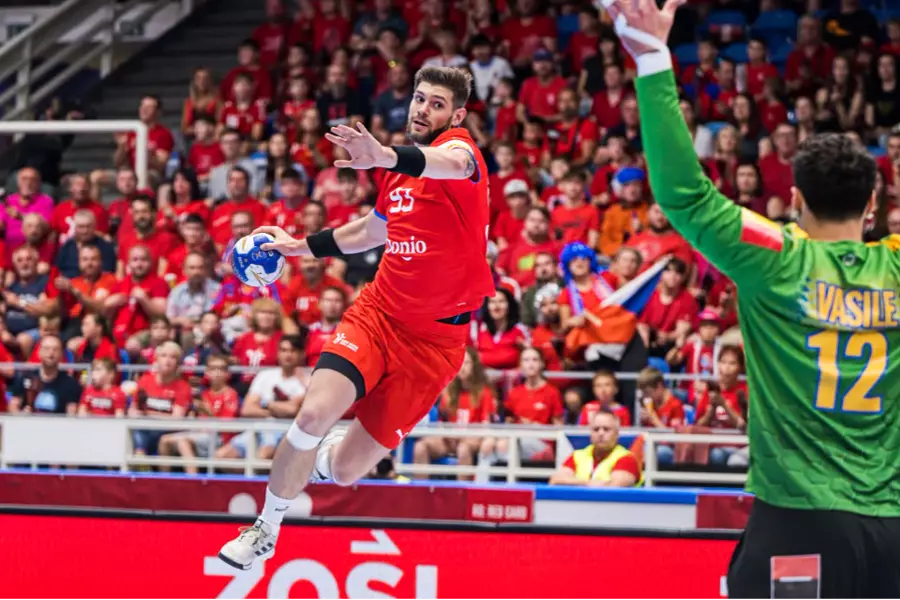 Handball competitions are an integral part of world sport, bringing together millions of fans and athletes. Olympic tournaments, world championships, Champions League and national championships form a unique structure in which each competition plays an important role.
Handball competitions are an integral part of world sport, bringing together millions of fans and athletes. Olympic tournaments, world championships, Champions League and national championships form a unique structure in which each competition plays an important role.

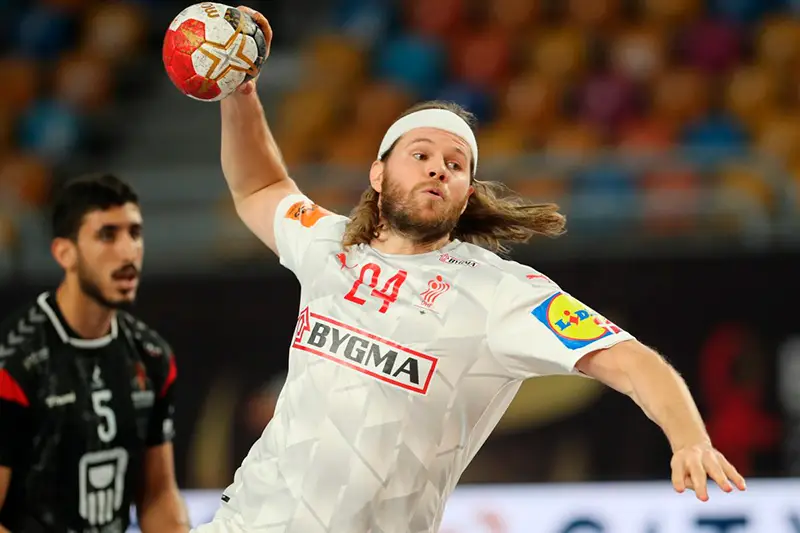
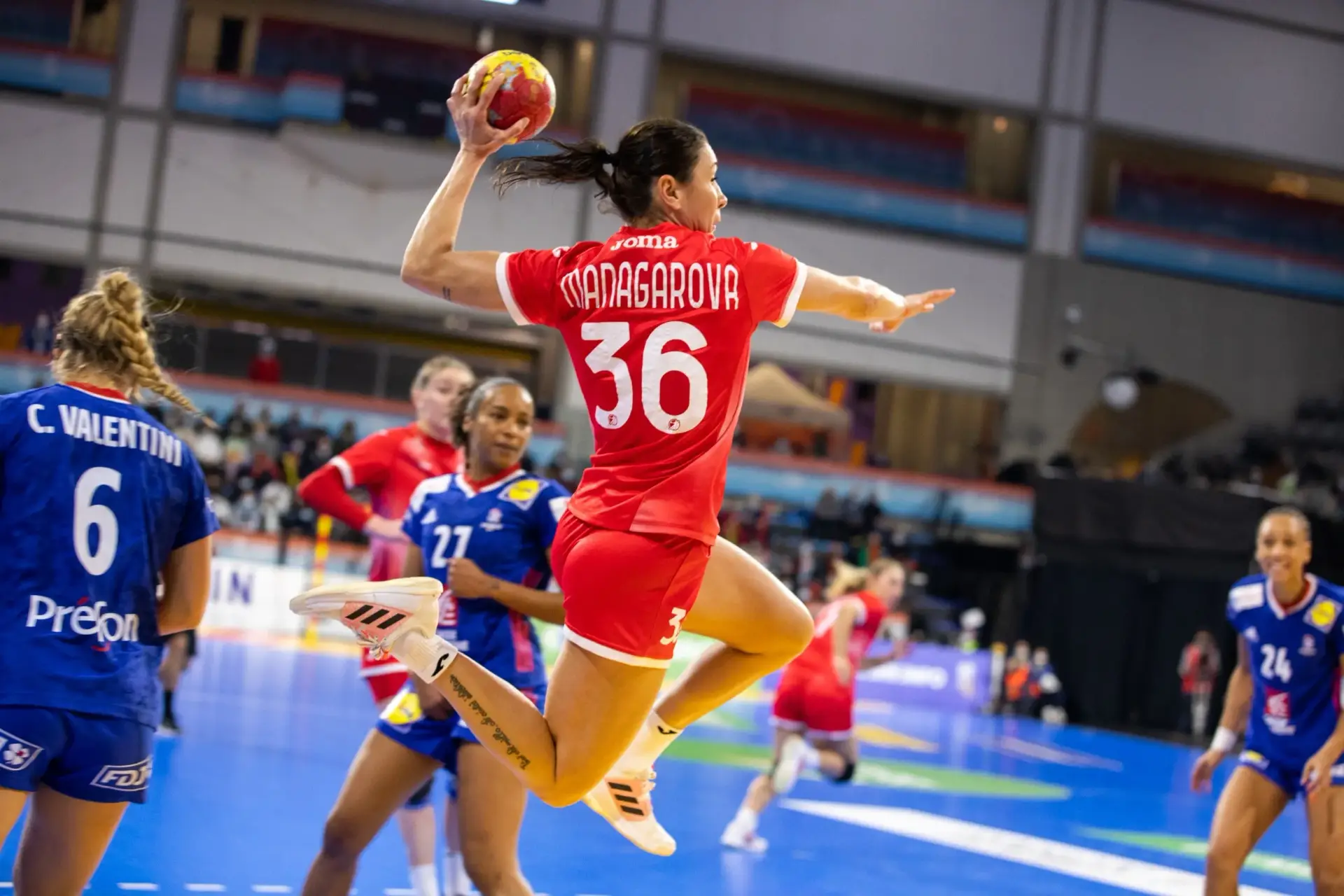
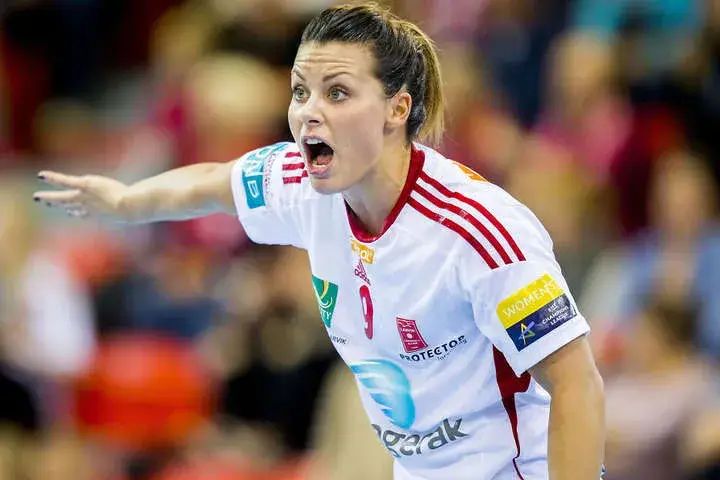 Nora Merk is a true star in women’s handball, known for her amazing throws and leadership qualities. Born in 1991, she has become a symbol of strength and skill for the Norwegian national team. Nora has led her team to victory in numerous international tournaments, including the World and European Championships. She possesses a unique ability to attack from any corner of the pitch and has an accurate shot that rarely misses. Her perseverance and willingness to fight until the end have made her a renowned handball player who inspires many girls around the world to take up the sport.
Nora Merk is a true star in women’s handball, known for her amazing throws and leadership qualities. Born in 1991, she has become a symbol of strength and skill for the Norwegian national team. Nora has led her team to victory in numerous international tournaments, including the World and European Championships. She possesses a unique ability to attack from any corner of the pitch and has an accurate shot that rarely misses. Her perseverance and willingness to fight until the end have made her a renowned handball player who inspires many girls around the world to take up the sport.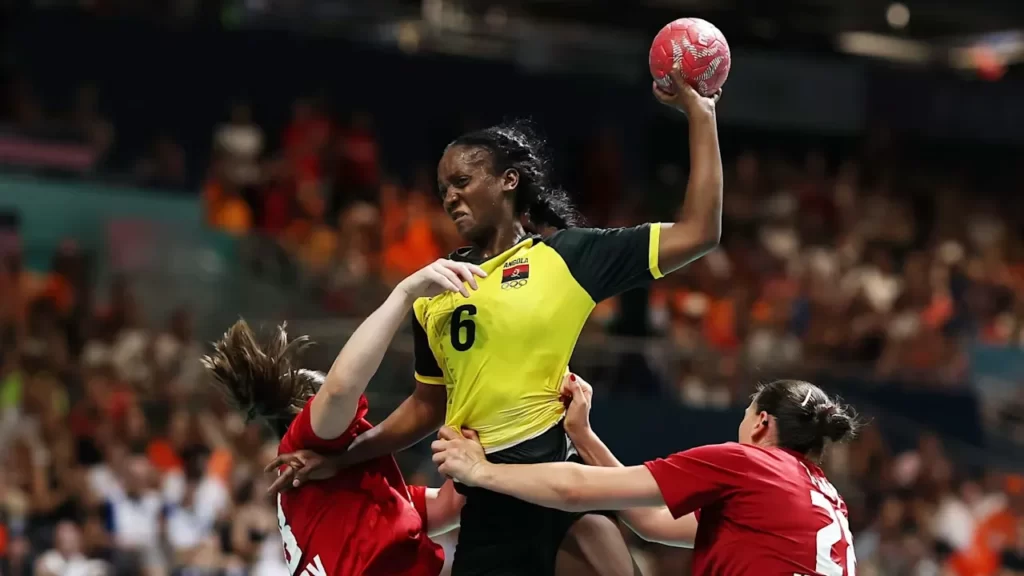 These famous handball players are true legends who have made invaluable contributions to the development of world handball. Their tenacity, talent and desire to win inspire millions around the world. Follow handball, as the story continues and new stars are ready to make their mark and inspire a new generation of players and fans.
These famous handball players are true legends who have made invaluable contributions to the development of world handball. Their tenacity, talent and desire to win inspire millions around the world. Follow handball, as the story continues and new stars are ready to make their mark and inspire a new generation of players and fans.





